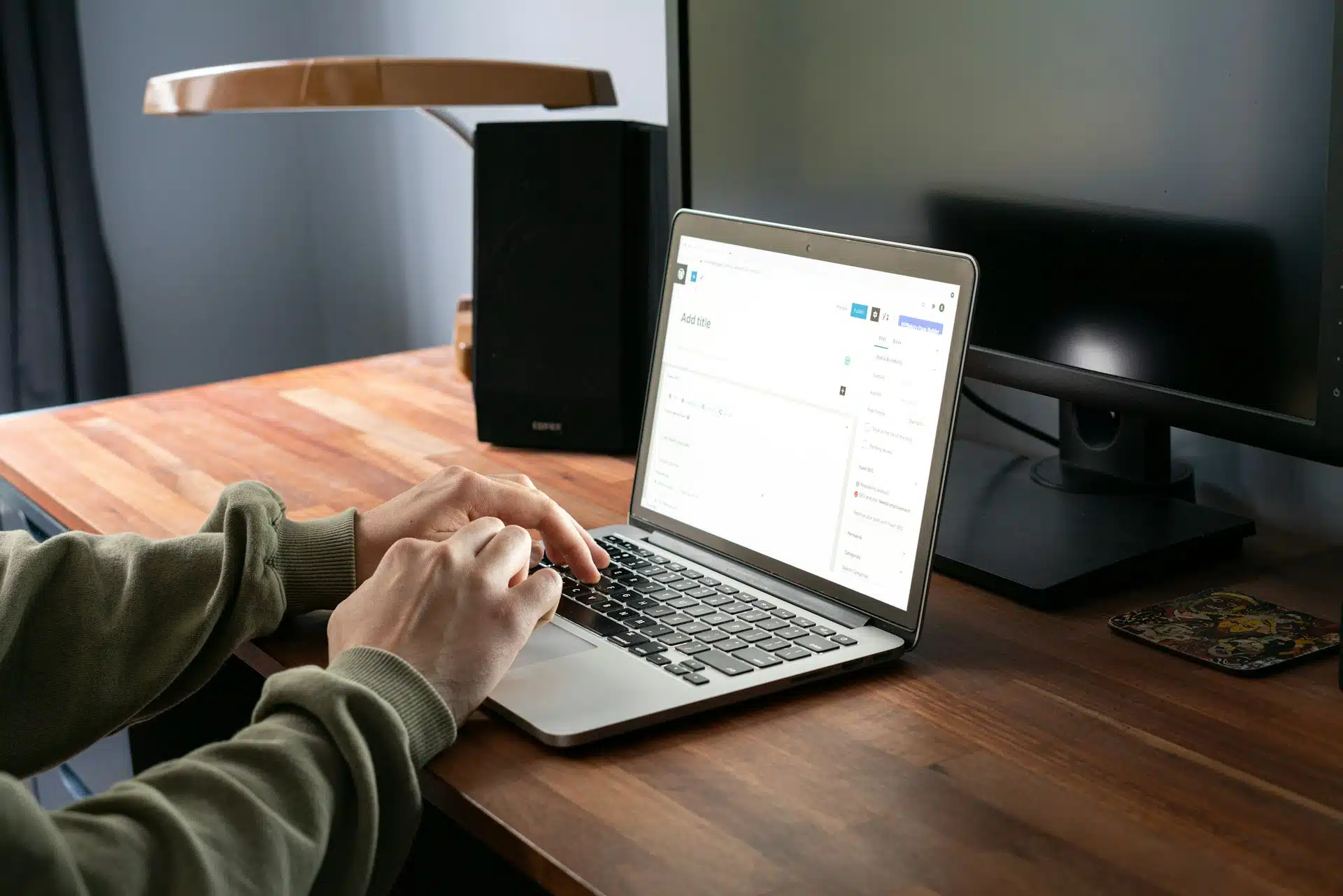
As websites continue to grow even more essential for various fields of work to survive in the technology-dependent market of today, it should come as no surprise that traditional fields are making the switch. Whether it may be a traditional Chinese acupuncture booking portal or an archive of city records, it’s safe to assume that there’s always going to be a website for a service or product online—no matter how traditional it may be.
Psychotherapy, in particular, is facing the urgency of hopping on the website bandwagon to keep up with the times and reel in more customers. Albeit it being a traditional field, psychotherapy and its practitioners are now in need of a digital marketing strategy in order to thrive, survive, and sell.
If you’re a psychotherapist that’s been meaning to reach out to more customers through the use of digital media, building a website will be a smart move for you.
With 2020 on the horizon, every type of business faces a certain amount of pressure to create their own effective websites—and this pressure is no stranger to psychotherapists. In the same way that using time-honed procedures and canonical practices is essential for psychotherapy, it is essential to brush up on the right knowledge for your marketing strategy.
To keep your website relevant, up-to-date, and more-than-ready to take on new customers for the incoming year, here are a few tips and tricks you can use to stay on top of shifting consumer preferences:
Psychotherapy website design tip #1: Use white space to your advantage
Just like the professionalism of your practice, it is essential to have a website that reflects the same values as well. What better way to do so than with properly used white space?
A website that’s visually clean provides a necessary amount of breathing space. It will be much easier to attract customers into making a reservation. Strategically using white space also entails taking several factors of minimalism into consideration, effectively avoiding any possible drop-off points and visual clutter on your website.
Psychotherapy website design tip #2: Be consistent with your branding
Consistency is a key indicator in any type of field that consumers use to gauge a practitioner’s skills and quality of service, even if they’re solely basing it on your website. With the use of a website theme, mission, message, and content that are all in sync and consistent with each other, you can have your brand come off as more dependable and professional.
Through consistency, it will be much easier for your website’s visitors and consumers to take in the information that you’ve created. For psychotherapists, in particular, having a consistent website also invokes feelings of trust, which is absolutely paramount in the field.
Psychotherapy website design tip #3: Learn how to tell stories
From your website copy to customer testimonials, there are various parts of your website that can be effectively used for employing storytelling that keeps your audience hooked. Storytelling allows your psychotherapy practice’s website and branding to convey a story that allows you to connect with your target market and potential clients well enough to merit a reservation. Paying close attention to your “About Me” page and directing the eyes of your visitors using a great design will go a long way in letting every consumer know who you are— and most importantly: what you can do for them.
Employing the right design tips and principles for your psychotherapy website is synonymous with applying a proper set of tools and procedures when taking on a patient in need of your help. By taking the previously mentioned website design tips into mind, you can easily reel more consumers into your website and help out more patients in the future as well.
If you’re looking for a website design agency based in Winnipeg, get in touch with us today! We’re happy to help.
Recent Articles
Write For Us
Think you’ve got a fresh perspective that will challenge our readers to become better marketers? We’re always looking for authors who can deliver quality articles and blog posts. Hundreds of your peers will read your work, and you will level up in the process.Ready to grow? Say Hello






